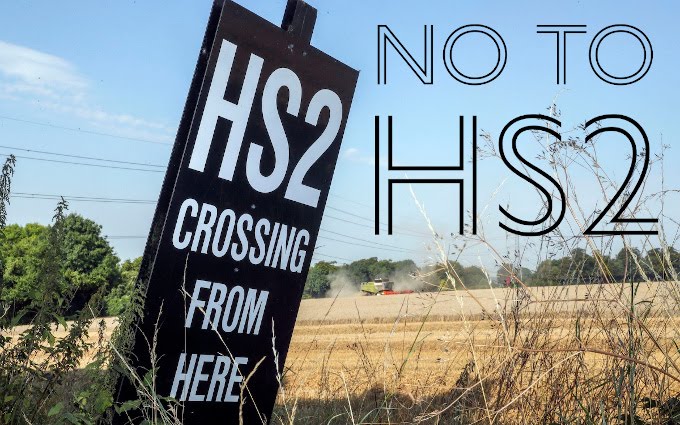The occupant of the aisle seat was rather large and so nobody could have sat in the window seat on this class 159 train.
British trains are the narrowest standard gauge trains in Europe. This is probably because greedy nineteenth century landowners would only sell a strip of land of minimum width to build the railways on. After much cost and effort, it became possible to run vehicles 2.82 metres wide over the entire network, provided that they were no more than 20 metres long. This became the standard for the mark 1 stock. In the late 1960s it was considered desirable to run longer vehicles and it was realised that with a bit of tapering of ends and recessing of things like door handles, a 23 metre vehicle was possible, with an actual width of 2.74 metres, the same as the actual width of the mark 1 bodyshell. Some vehicles were, however, built to the full width of 2.82 metres, including all the 20 metre long suburban stock (classes 317, 455, 465 etc), and a few full-width vehicles were built to a 23 metre length for service on the former GW routes out of London (classes 165/166). These latter have a very limited route availability.
Since the mark 3 stock was introduced, gauge clearance work has been carried out which allow the vehicles to operate over much of the system. However, more recent 23 metre stock has generally been narrower, typically 2.7 or 2.6 metres.
Given the epidemic of obesity, one might have thought that those concerned with the specifying of rolling stock, now the Department for Transport, would have realised that optimising the width of new passenger trains would be a priority. Instead, they have specified even longer vehicles for the new IEP trains, 26 metres long, which will mean a further reduction in width and some very expensive infrastructure work on top.
In a rational world, where people were considered important, the DfT would have specified a minimum width of around 2.8 metres, which would probably have resulted in a vehicle slightly longer than 20 metres but less than 23 metres. As it is, a couple of generations of rail passengers will be forced to travel in sardine-tin conditions.
One also has to wonder what would happen if one had reserved a seat, only to find it impossible to use owing to the size of the passenger in the adjacent seat? When there are enough complaints and the situation becomes untenable the train companies will end up having to remove a file of seats and adopt a 2+1 configuration, which will play havoc with the economics.
29 Sept 2012
4 Sept 2012
Now broom at Transport
With a new Transport Minster, Patrick McLoughlin, announced today, comes the opportunity for a re-think not only of HS2 but also of the Hitachi IEP. The penalties for cancellation of the first tranche will probably be horrendous, but this is not the train the railways need. If the fleet order can be confined to the current 370 vehicles, it would be worth taking a loss to avoid saddling the country's railways with hundreds of trains that are unsuitable for the services on which they will be operating and are an overpriced and over-elaborate solution to a relatively simple problem.
Subscribe to:
Posts (Atom)

